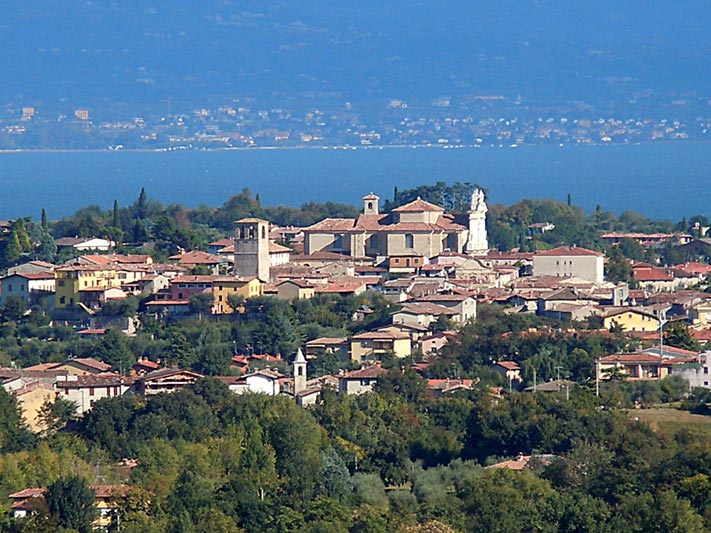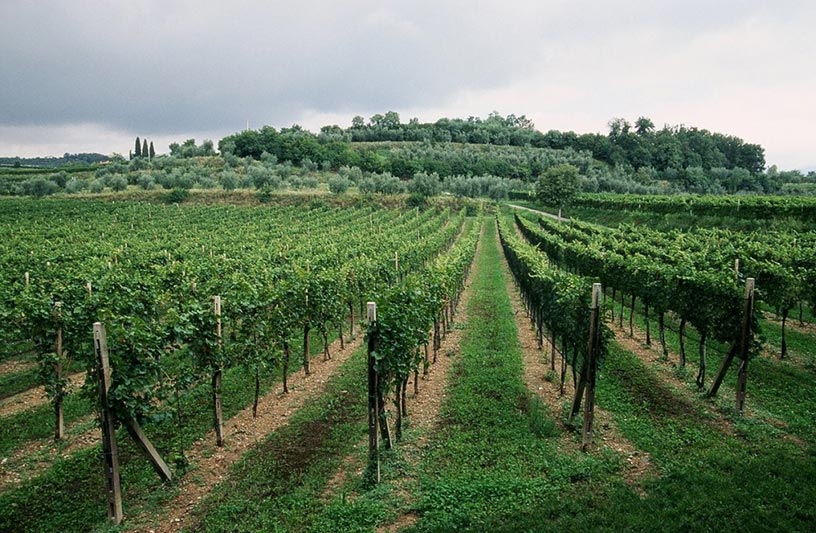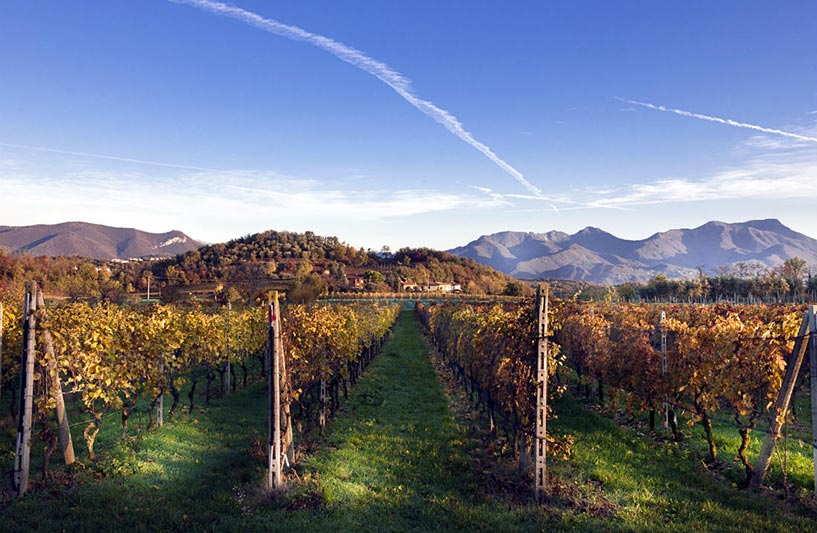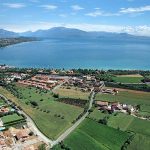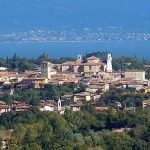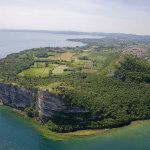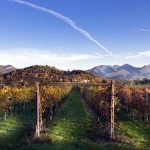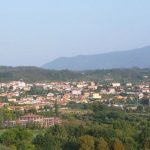Valtenesi del Garda
VALTENESI DEL GARDA
Valtenesi del Garda is a small area between Lake Garda and the morainic hills in the province of Brescia and includes the towns on the lake as Padenghe, Moniga, Manerba, San Felice del Benaco and those hills as Puegnago del Garda, Lake Polpenazze and Soiano .
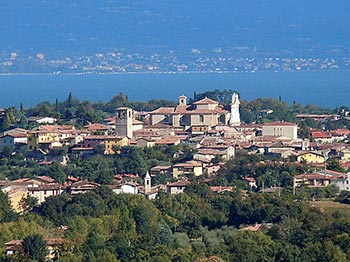 Land of vineyards and olive groves, the Valtenesi del Garda is dotted with ancient villages, villas, towers, medieval castles and churches that testify to the long course of history in this area, probably founded by Athenian, from which it derives its name “Vallis Atheniensis” and that Having regard to the passage of Romans, the Scala family, the Visconti, the rule of the Venetian Republic, the Austrians and finally the Kingdom of Italy.
Land of vineyards and olive groves, the Valtenesi del Garda is dotted with ancient villages, villas, towers, medieval castles and churches that testify to the long course of history in this area, probably founded by Athenian, from which it derives its name “Vallis Atheniensis” and that Having regard to the passage of Romans, the Scala family, the Visconti, the rule of the Venetian Republic, the Austrians and finally the Kingdom of Italy.
The archaeological evidence of human presence in the area since the time of the stilts.
The small villages over the centuries have kept the feature centers suited to agriculture, with the production of extra virgin olive oil DOP and specializing in vineyards, which produce DOC wines as Groppello, Garda Classico and claret.
Manerba
It comes with its beautiful Natural Park of the Rock, an interesting botanical garden with many types of natural vegetation, an ideal destination for nature lovers and trekkers.
Those interested in culture and history within the park will find the Archaeological Museum of Valtenesi del Garda, which, with the finds from the archaeological excavations in the area, testifies to the presence of humans since prehistoric times.
Among the natural beauties of Manerba there are many beaches for almost 12 kilometers offer a variety of perspectives of the lake and mountains.
Moniga
Moniga is another beautiful town located on a lake in the heart of the hills between Desenzano and Salò.
Inhabited since the Bronze Age, it has the typical medieval structure with many small streets and alleys and the castle, built on the ruins of an earlier Roman site.
In addition to the beautiful beaches and great olive groves, is also known for its vineyards that produce around the claret, appreciated rosé wine made from the grapes of the vine Groppello.
San Felice del Benaco
And ‘situated between the gulfs of Salo and Manerba and its territory also includes the two small towns of Portese Cisano together and the wonderful Isola del Garda.
In addition to beautiful walks in the hills with sweeping views over Lake Garda and the beaches of pebbles, in its historic center we admire the medieval Castle, the Palace Rotingo, current seat of the municipality, and the Parish Church, by the famous architect Antonio Brescia corbellini and inside which stands a shovel Romanino.
Nearby worth a view of the castle ruins of the village of Portese, the Sanctuary of the Madonna del Carmine, and not to be missed, the charming villa in Venetian Gothic style and the park untouched island on Lake Garda.
Padenghe sul Garda
Like other countries of the Valtenesi del Garda also Padenghe is dominated by a castle, perhaps one of the best preserved in the area, situated on a hill which offers a beautiful view of Sirmione in the foreground.
The building was built between the ninth and tenth centuries to the time of the Hungarian invasions, on the ruins of the ancient Roman times and then rebuilt in its present form between the thirteenth and fourteenth centuries.
It was formerly surrounded by a moat, complete basement in 1959.All ‘inside the homes are placed on three parallel lines built, it is thought, together with the walls.
In the Middle Ages, the castle became a Ghibelline stronghold contention between Brescia and Verona. For many years Padenghe and its castle were conquered land now the Scala family, now the Visconti or the Venetian Republic.
Of note, Villa Barbieri, a splendid eighteenth-century style palace, now home to the town of Padenghe and the church of Sant ‘Emiliano Romanesque building of the year 1145, situated on a hillock.
In the immediate vicinity is also worthy of note is Drugolo Castle, restored in 1934 and is now owned by Baron Lanni of Quara. Built at the end of three hundred, a square on the high wall of the shoe, with a drawbridge and battlements.
Puegnago del Garda
It is located in the moraine hills Valtenesi del Garda in a dominant position overlooking the lake and Mount Baldo.
The environment is ideal for those seeking tranquility and pleasant walks in her sweet landscape, with hills and land planted with olive trees that give valuable extra virgin olive oil DOP and vineyards that produce wines D.O.C. such as the famous Groppello.
From the point of view from a naturalistic point of Sovenigo Lakes, 3 ponds of origin intramorenica that in the months of July and August are covered with beautiful water lilies and lotus flowers, the latter, according to legend, imported directly from Japan.
In the old town, to see the remains of the castle with the nineteenth-century bell tower and the walls.
Also scattered in the villages of Puegnago, many beautiful architecture and works of art, such as the church of Mura (1583), the church of St. John the Baptist in the Swamp (1530), the parish church dedicated to Our Lady of the Snow (1824) to Raffa, the ancient town originally built by three farms (XVII-XVIII) and the “Tower Colombera” to Monteacuto.
Polpenazze del Garda
The apparatus of the ancient castle walls surrounding the main nucleus of Polpenazze. The castle was built for defensive purposes in the early medieval period.
It was destroyed and rebuilt several times and had several owners, the Della Scala in ‘300, the Visconti and during the fifteenth century the Venetian Republic.
He is currently visible only a part of the west wall interrupted by a small tower: one senses the areas where there had to be the old original entrance, the tower in its defense and the drawbridge.
You can also visit the Parish Church of St. Mary in the second half of the sixteenth century with the beautiful baroque facade; the Romanesque church of San Pietro in Lucone, built in the area of the extinct lake Lucone and erected in 1300 on the ruins of a Roman temple and frescoes dating back to 400; the church of Picedo, the district downstream of the municipal building in late Romanesque style.
Polpenazze is a purely agricultural country still dominated by viticulture and olive-growing: more than 50% of the wine production in origin Valtenesi del Garda comes from vineyards in the area (Groppello, Marzemino, Sangiovese and Barbera).
Soiano Lake
The history of Soiano del Lago has ancient origins, it is thought to date back to ‘Bronze Age, because of the findings of dwelling villages visible in the peat bogs of the fraction of Chizzoline.
The town and its surrounding areas were inhabited by the Romans. During the Middle Ages it became a possession of the Bishop of Verona and then in 1330 Mastino della Scala, and then of John of Bohemia.
It ‘a small village, surrounded by vineyards and olive trees, situated on a hill and keep the Castle, dating from the tenth century., Built on Roman ruins.
It looks massive, quadrangular, with a very high wall, with the probable remains of the battlements. The entrance is protected by a massive tower, then reduced in the seventeenth century. in the bell tower of the nearby parish church. Two other towers were later preserved to the present day, inserted into the walls with functions purely military and defensive.
Also worth a visit, the Parish Church was built in the early years of the seventeenth century on the ruins of an earlier church of the fifteenth century. and dedicated to St. Michael the Archangel and the church of San Carlo, built in 1610 in honor of St. Charles Borromeo.

